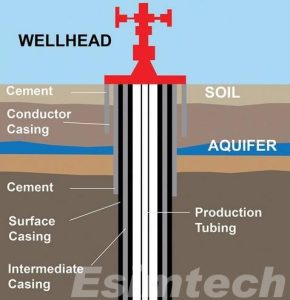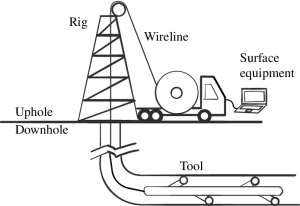What Is a Kill Sheet in Well Control Training?
A Kill Sheet is a structured calculation sheet used in Well Control Training and Exams to determine the parameters required for a safe and effective well kill operation.
In courses accredited by organizations such as IWCF or IADC, the kill sheet is a key assessment tool used during both theory and practical exams. It allows candidates to demonstrate their understanding of pressure control, mud weight adjustments, and circulation procedures during a simulated well control situation.
Purpose of the Kill Sheet
The kill sheet serves as a technical roadmap during a well control scenario. It helps drillers, supervisors, and exam candidates to calculate, record, and verify all necessary parameters before and during a kill operation.
Here are the main objectives of using a kill sheet in well control training:
-
To calculate Bottom Hole Pressure (BHP) accurately.
-
To determine the correct Kill Mud Weight (KMW) to balance formation pressure.
-
To compute circulating volumes and pump strokes.
-
To plan choke and pump pressures throughout the operation.
-
To demonstrate a clear understanding of well control methods such as Driller’s Method and Wait and Weight Method.
In short, the kill sheet is not just a form — it’s a critical decision-making tool that ensures safety and efficiency in well control operations.
Key Components of a Kill Sheet
A standard Kill Sheet for Well Control typically includes several key sections that are required for both training and exam scenarios:
1. Well Data
-
Total Depth (TD) / Measured Depth (MD)
- Maximum Allowable Annular Surface Pressure (MAASP)
-
Current Mud Weight (ppg or sg)
-
Shut-In Drill Pipe Pressure (SIDPP)
-
Shut-In Casing Pressure (SICP)
-
Formation Pressure (if available)
-
Choke Line or Annular Volumes
2. Constants and Assumptions
-
Hydrostatic Gradient (psi/ft or kPa/m)
-
Conversion Factor (0.052 for psi/ft)
-
Pump rate and friction factors
3. Calculation Section
-
Hydrostatic Pressure of current mud
-
Bottom Hole Pressure (BHP)
-
Kill Mud Weight (KMW)
-
Circulating Volume
-
Friction losses and pump pressures
4. Operational Plan
-
Selected kill method (Driller’s, Wait and Weight, Bullheading)
-
Step-by-step procedure
-
Safety checks and communications plan
How to Fill Out a Kill Sheet in a Well Control Exam
Here’s a step-by-step guide to completing your kill sheet correctly during the test:
-
Read the problem carefully. Identify all given data and their units.
-
Standardize your units. Use either psi/ft/bbl or kPa/m/L consistently.
-
Compute BHP by adding shut-in pressure to hydrostatic pressure.
-
Determine required Kill Mud Weight (KMW). Ensure the new mud balances formation pressure.
-
Calculate the circulation volume and pump strokes. Include choke and line volumes.
-
Account for friction losses. Adjust surface pressure accordingly.
Common Mistakes in Kill Sheet Calculations
Many candidates lose points on their Well Control Exam due to avoidable mistakes. Below are some of the most frequent errors:
-
Using mixed units (ft vs. m, psi vs. kPa).
-
Forgetting to include friction loss in surface pressure calculations.
-
Skipping line or choke volume in total circulation volume.
-
Not showing formulas or assumptions.
-
Confusing SIDPP and SICP.
Tip: Always double-check your units and label every value. Clear, consistent documentation often makes the difference between pass and fail.
Best Practices to Pass Your Well Control Exam
To perform well in both the theory and practical components of your Well Control Certification Exam, keep these tips in mind:
-
Memorize key formulas (Hydrostatic Pressure, BHP, KMW).
-
Practice with multiple scenarios, including Driller’s and Wait-and-Weight methods.
-
Use a clean, structured kill sheet with labeled sections.
-
Understand the concept, not just the math. Know why you are doing each calculation.
-
Stay calm and organized — accuracy and presentation matter.
Conclusion
The Kill Sheet is a crucial tool in Well Control Training and Examination, serving as both a calculation record and a demonstration of the candidate’s technical understanding. Mastering how to fill out a kill sheet means mastering the fundamentals of pressure control, mud system management, and safe well operations.
Whether you are preparing for IWCF Well Control or IADC WellSharp Certification, consistent practice with real-world kill sheet scenarios will boost your confidence and improve your accuracy during the exam.






















